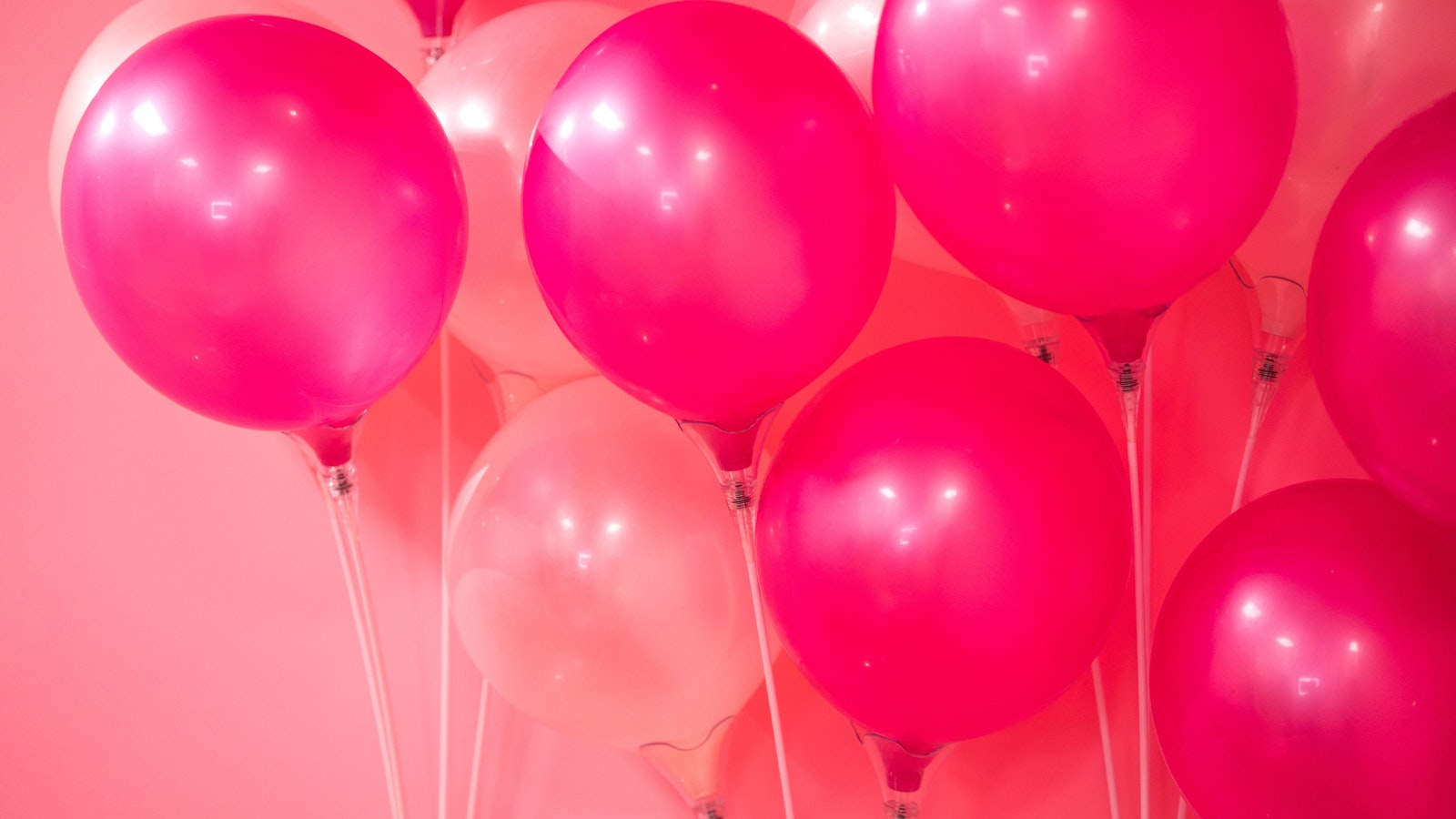Threaded through the extraordinary footage however is a clear and sobering message: that close to half of our wildlife species have declined since 1970. As he tells us, ‘Never has there been a more important time to invest in our own wildlife – to try and set an example for the rest of the world and restore our once wild isles for future generations.’
Shot over three years, the series illuminates nature’s industry and miracles, which are taking place all around us all the time, from butterflies locked in battle to gulls stealing fish from puffins to what is really happening to a woodland plant as it is pollinated by flies.
And on that last note, we really should all be paying attention. For one of the steepest declines exists within our insect population, which has fallen by a staggering and alarming 64 per cent since 2004. Much of this is as a result of agricultural practices: the use of pesticides and fertilisers is hugely detrimental, while the giving over of natural insect habitats, such as meadows and woodland, for farming also has a significant role to play in the decrease. But there are things we can all do to assist in that decline: after all, the choices that each one of us makes affects the world around us.
One way in which we can help is to actively encourage insects and pollinators into our gardens and local areas (do, for example, petition your councils to let verges grow to encourage biodiversity). Without insects, many of our crops will suffer, as will populations in their eco-systems, such as the birds who are being denied their major food source. In short, declining pollinator populations are very, very bad news.
The Natural History Museum offers some fantastic how-to videos that share simple ways in which we can all do our bit.
How To Build A Log Pile For Insects
You’ll need dry leaves, logs, sticks, loose bark and a little water for this: and without further ado, you have a perfect home for bugs. It’s the perfect way to recycle wood from your winter pruning, giving wildlife shelter, food and protection from prey. Once you’ve extended the hand of friendship, expect residents from stag beetles to toads seeking sanctuary.
How To Make A Ladybird Lodge
Two tiles, pines cones, small twigs and dry leaves are all the basics you’ll need to create a complex home and food source for ladybirds. This is a lovely one to do with children: it looks like a house, and as in the video, you can even make a ladybird sign to post outside.
Listen To The Sound Of Biodiversity
One of the effects of the destruction of our eco systems is that we’re losing nature’s often beautifully cacophonous soundtrack. If you’re feeling inspired to ‘rewild’ your garden, have a listen to the sounds of Knepp Estate in Sussex, as captured here. Formerly intensely farmed, the area has been given back to Mother Nature over the past two decades and now, gloriously, it is alive, buzzing and thriving. As inspiration goes, this is sublime. It also, we attest, makes the perfect companion for dropping off peacefully at night.
Wild Isles is available from 12 March on BBC iPlayer. Watch it here.
By Nancy Alsop
March 2023





